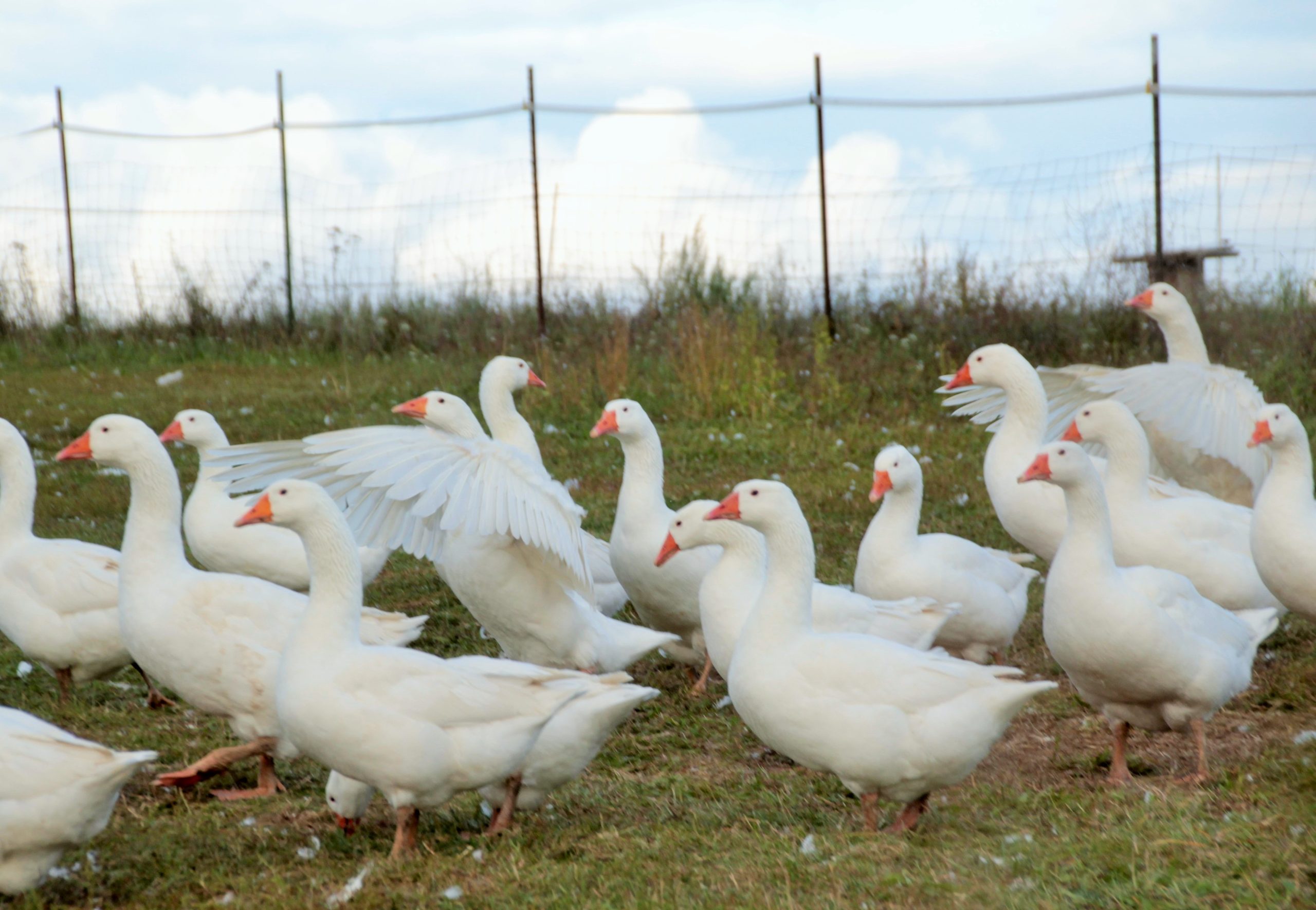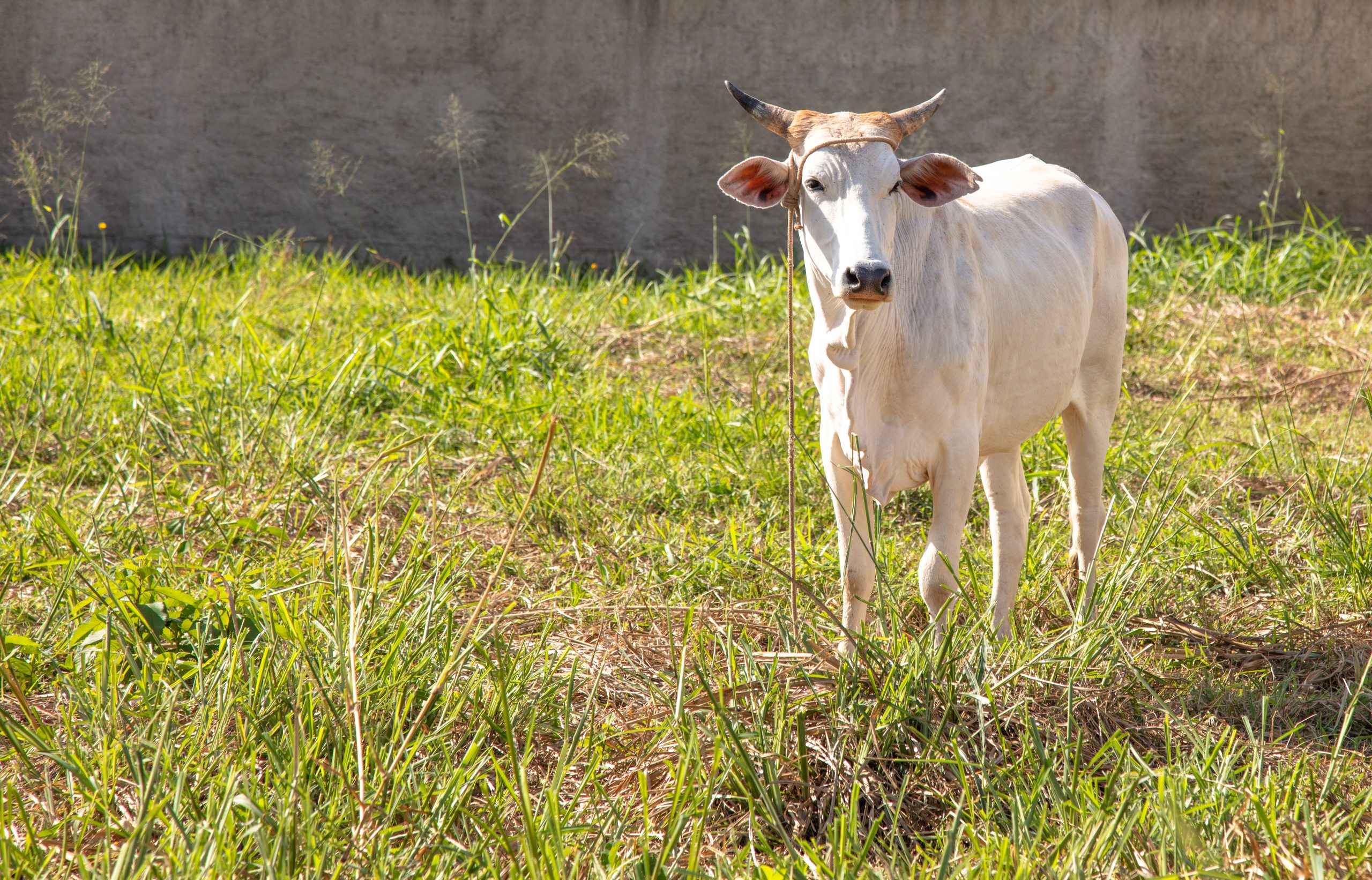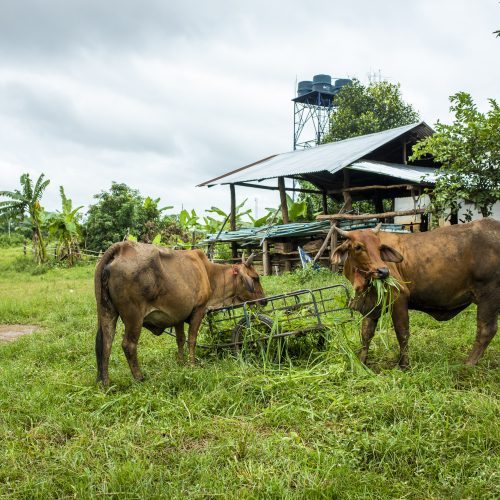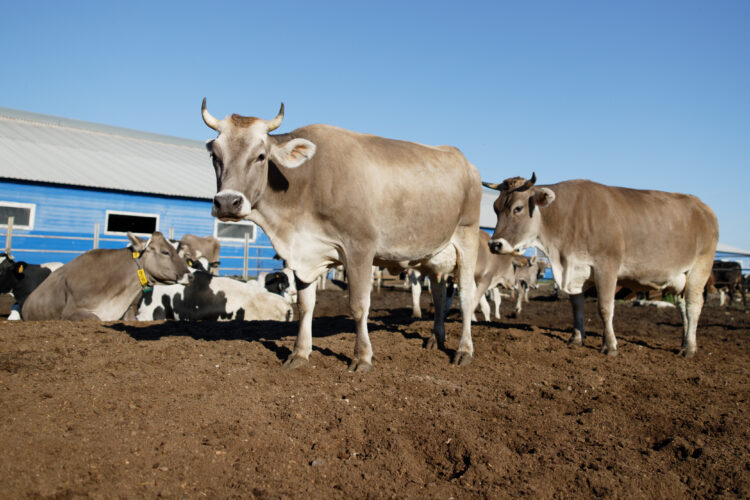Healthcare and Disease Management in Indian Cow Farming: Nurturing Health, Resilience, and Sustainability
Healthcare and Disease Management in Indian Cow Farming: Nurturing Health, Resilience, and Sustainability
In the tapestry of India’s agricultural landscape, cow farming stands as a cornerstone of tradition, sustenance, and economic prosperity. For centuries, cows have been revered as symbols of purity, fertility, and abundance, playing a central role in the lives of millions of people across the country. However, the well-being of these cherished animals is often threatened by various health challenges and disease risks. In this comprehensive guide, we delve into the intricacies of healthcare and disease management in Indian cow farming, exploring key principles, management strategies, and innovative approaches that promote health, resilience, and sustainability in dairy operations.
Understanding the Importance of Healthcare and Disease Management:
Healthcare and disease management are paramount in Indian cow farming, as they directly impact the productivity, profitability, and welfare of dairy animals. Cows are susceptible to a wide range of infectious diseases, parasitic infestations, metabolic disorders, and reproductive challenges that can compromise their health and performance. Addressing these health threats requires a multifaceted approach that encompasses preventive measures, early detection, effective treatment, and biosecurity protocols.
By prioritizing healthcare and disease management, dairy farmers can safeguard the health and well-being of their herds, minimize economic losses, and sustainably contribute to the dairy industry’s growth and development. Moreover, ensuring the health of dairy animals upholds ethical and moral responsibilities towards these sentient beings, reflecting a commitment to compassion, empathy, and responsible stewardship.
Preventive Healthcare Measures:
Preventive healthcare measures are the foundation of disease management in Indian cow farming, focusing on proactive strategies to minimize disease risks, strengthen immunity, and optimize health. Key preventive measures include:
- Vaccination Programs: Vaccination plays a crucial role in preventing infectious diseases such as foot-and-mouth disease, bovine viral diarrhea, and infectious bovine rhinotracheitis. Implementing a comprehensive vaccination program tailored to the specific disease risks and epidemiological factors in the region helps build immunity, reduce disease prevalence, and protect the health of dairy animals.
- Parasite Control: Parasitic infestations such as gastrointestinal worms, ticks, and lice pose significant health threats to dairy animals, affecting growth, reproduction, and milk production. Implementing integrated parasite control programs that combine strategic deworming, pasture management, and use of acaricides helps minimize parasite burdens, improve animal health, and enhance productivity.
- Biosecurity Protocols: Biosecurity protocols are essential for preventing the introduction and spread of infectious diseases in dairy herds. Implementing strict biosecurity measures such as quarantine procedures, visitor restrictions, and sanitation protocols helps minimize the risk of disease transmission and protect the health of dairy animals.
- Nutritional Management: Nutrition plays a critical role in supporting immune function, metabolic health, and disease resistance in dairy animals. Providing a balanced diet that meets the nutritional requirements of cows at different physiological stages helps optimize immune responses, reduce susceptibility to disease, and promote overall health and well-being.
Early Detection and Diagnosis:
Early detection and diagnosis are essential components of effective disease management in Indian cow farming, enabling prompt intervention and treatment to prevent the spread of disease and minimize its impact on herd health and productivity. Key strategies for early detection and diagnosis include:
- Routine Health Monitoring: Implementing routine health monitoring programs that include regular physical examinations, observation of clinical signs, and performance monitoring helps identify potential health issues at an early stage. Dairy farmers should closely observe cows for signs of illness, discomfort, or behavioral changes, and seek veterinary attention promptly if abnormalities are detected.
- Diagnostic Testing: Diagnostic testing techniques such as blood tests, fecal examinations, and microbiological cultures help identify the underlying cause of health problems and guide appropriate treatment strategies. Veterinary diagnostics laboratories equipped with advanced testing facilities play a crucial role in diagnosing infectious diseases, metabolic disorders, and nutritional deficiencies in dairy animals.
- Herd Health Records: Maintaining accurate herd health records that document vaccination history, treatment protocols, disease outbreaks, and reproductive performance facilitates early detection of emerging health issues and enables proactive management strategies. Dairy farmers should maintain detailed records of individual cow health status, treatment history, and performance indicators to track trends and identify potential areas for improvement.
Effective Treatment and Management:
Effective treatment and management of diseases in Indian cow farming require a comprehensive approach that addresses the underlying cause, severity of illness, and individual cow’s health status. Key principles of treatment and management include:
- Veterinary Care: Timely veterinary intervention is essential for diagnosing and treating diseases in dairy animals. Dairy farmers should establish a collaborative relationship with a qualified veterinarian who can provide expert advice, diagnostic services, and treatment options tailored to the specific health needs of their herd.
- Appropriate Medications: Administering appropriate medications such as antibiotics, anthelmintics, and anti-inflammatory drugs as prescribed by a veterinarian helps alleviate symptoms, control infection, and promote recovery in sick animals. Dairy farmers should follow veterinary recommendations regarding drug selection, dosage, administration route, and withdrawal periods to ensure optimal treatment outcomes and minimize the risk of antimicrobial resistance.
- Isolation and Quarantine: Isolating sick animals and implementing quarantine measures help prevent the spread of infectious diseases within the herd and minimize the risk of disease transmission to healthy animals. Dairy farmers should provide separate housing, feeding, and management facilities for sick or quarantined cows to minimize contact with the rest of the herd until they recover or test negative for contagious diseases.
- Hygiene and Sanitation: Maintaining high standards of hygiene and sanitation in dairy farming operations is essential for preventing the spread of disease and promoting animal health and well-being. Implementing regular cleaning, disinfection, and waste management protocols in housing facilities, feeding areas, and milking parlors helps reduce the risk of contamination, infection, and disease transmission among cows.
Challenges and Opportunities:
Despite the importance of healthcare and disease management in Indian cow farming, dairy farmers face various challenges and constraints that affect their ability to effectively address health issues in their herds. Challenges such as limited access to veterinary services, inadequate diagnostic facilities, and financial constraints can hinder timely intervention and treatment of diseases.
However, these challenges also present opportunities for innovation, collaboration, and capacity building in the dairy sector. By leveraging technological advancements, strengthening veterinary infrastructure, and investing in training and education programs, stakeholders can enhance disease surveillance, diagnostic capabilities, and treatment outcomes in Indian cow farming.
Conclusion:
In conclusion, healthcare and disease management are critical aspects of Indian cow farming that require proactive measures, collaborative efforts, and innovative solutions to promote health, resilience, and sustainability in dairy operations. By prioritizing preventive healthcare measures, early detection and diagnosis, effective treatment and management strategies, and biosecurity protocols, dairy farmers can safeguard the health and well-being of their herds, minimize disease risks, and optimize productivity and profitability.
Moreover, ensuring the health of dairy animals upholds ethical and moral responsibilities towards these sentient beings, reflecting a commitment to compassion, empathy, and responsible stewardship. By nurturing a culture of care, respect, and responsibility in Indian cow farming, stakeholders can uphold the sacred legacy of these cherished animals and contribute to the prosperity and vitality of the dairy industry for generations to come.
Dairy Farming
November 12, 2024

























































